ESA, NASA join hands to test next-gen camera for Moon mission
To capture the surface of the Moon during the Artemis mission, the European Space Agency (ESA) is helping NASA develop a next-generation camera.
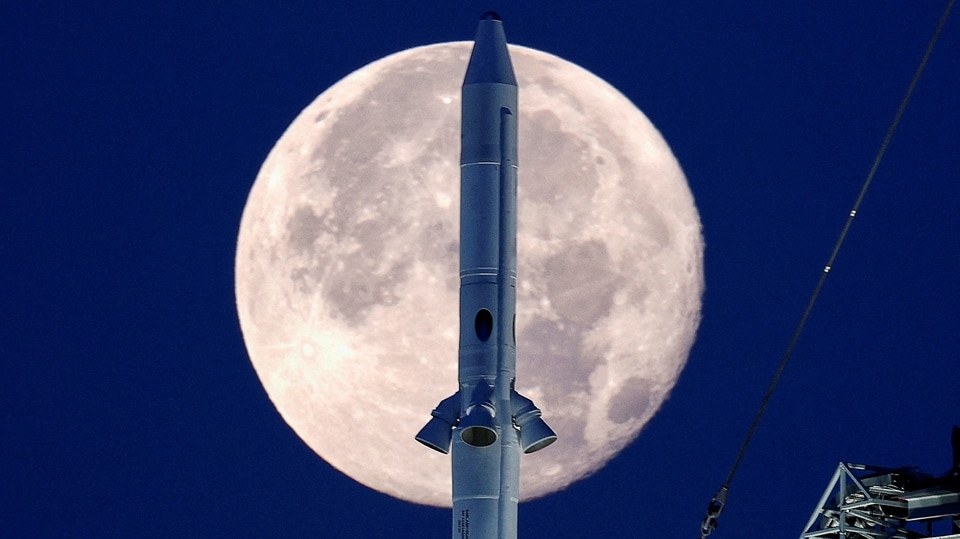
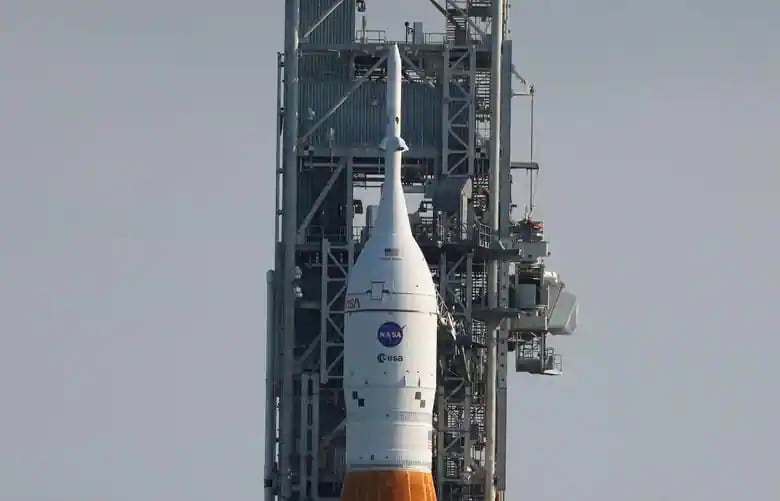

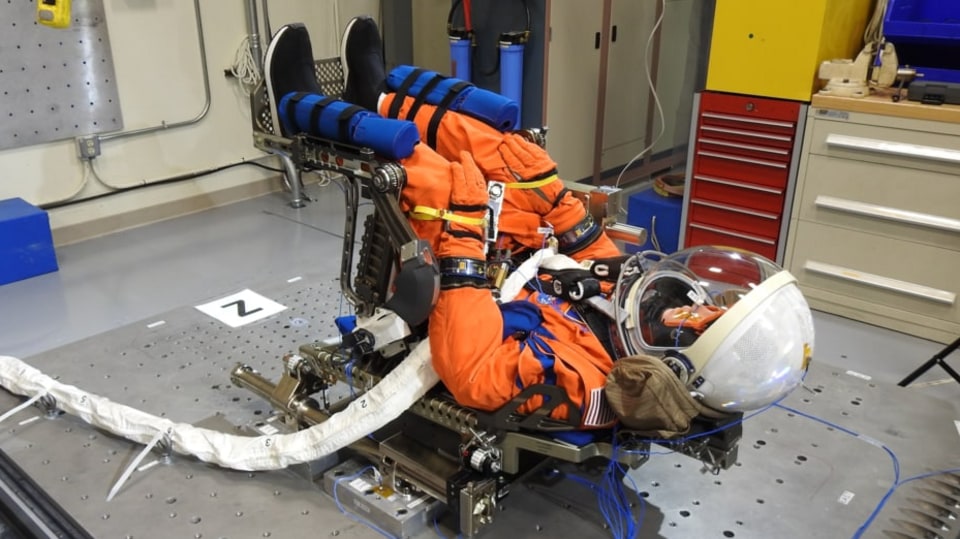
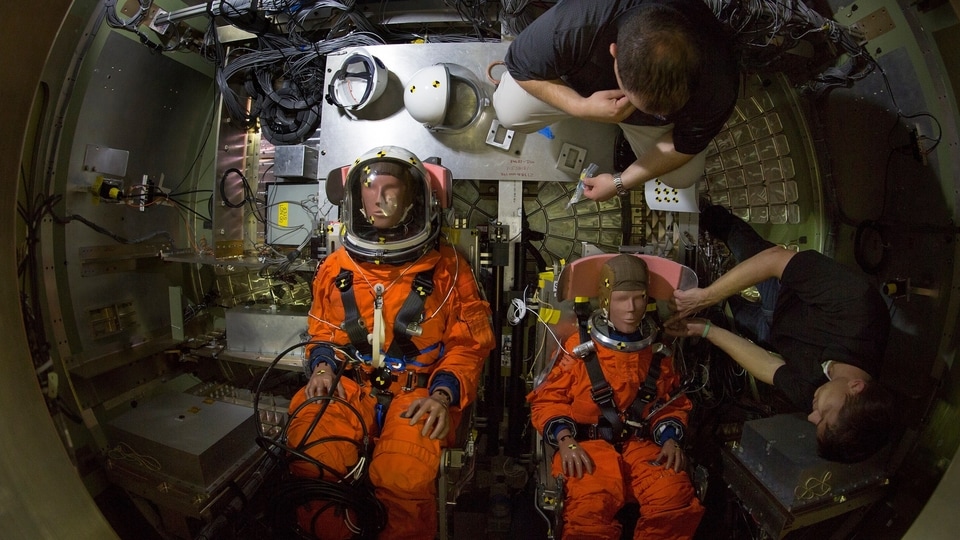
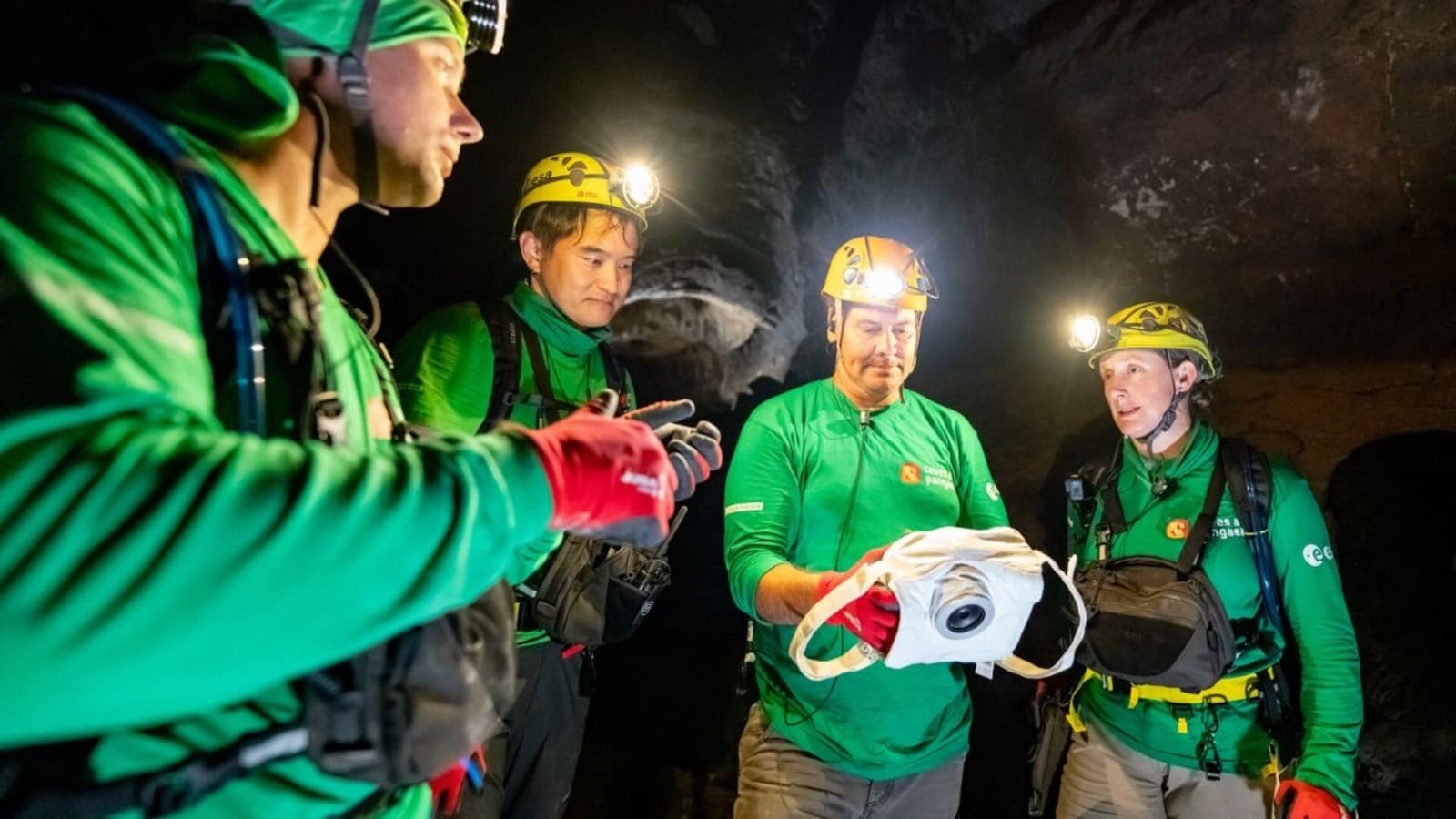
 View all Images
View all ImagesAfter almost 40 years, NASA is finally going back to the Moon with its Artemis program. 3 missions have been planned as part of this latest attempt to touch down on the lunar surface. The Artemis 1, which launched on November 16, 2022, was an uncrewed flight test of the Space Launch System and the Orion spacecraft around the Moon. The Artemis 2 will be a crewed test flight, while the Artemis 3 will carry a crew that will aim to explore the region near the lunar South Pole. To capture the lunar surface, the European Space Agency (ESA) is helping NASA develop a next-generation camera.
Next-gen camera for lunar mission
According to the ESA release, engineers have been developing the Handheld Universal Lunar Camera (HULC) that will be used to capture the Southern region of the Moon. ESA aided NASA in testing this lunar camera during the Planetary Analogue Geological and Astrobiological Exercise for Astronauts (PANGAEA) taking place in Lanzarote, Spain. This test prepares astronauts to become effective field scientists for future missions to the Moon.
Loredana Bessone, PANGAEA's Project Lead said, “Adding the Moon camera allowed the crew to have a realistic taste of lunar surface exploration. It was a great enhancement of their experience, something we'd be happy to repeat in future editions.”
ESA says that the new camera is developed from off-shelf professional cameras, and features state-of-the-art lenses with great sensitivity to light. To survive temperatures that dip as low as -120 Celcius on the Moon, dust and thermal protection have been added. It also features ergonomic buttons that will allow astronauts to easily operate the camera despite wearing chunky gloves.
Jeremy Myers, NASA's lead for the HULC camera said, “The lunar camera will be one of many tools they will need to handle on the Moon, so it should be easy to use. The human factor is a big deal for us because you want the camera to be intuitive and not taxing on the crew.”
3 astronaut candidates, Thomas Pesquet from ESA, and Jessica Wittner from NASA and Japanese space agency's Takuya Onishi used the cameras in dark volcanic caves as well as daylight, mimicking the conditions of the lunar surface.
Catch all the Latest Tech News, Mobile News, Laptop News, Gaming news, Wearables News , How To News, also keep up with us on Whatsapp channel,Twitter, Facebook, Google News, and Instagram. For our latest videos, subscribe to our YouTube channel.




























